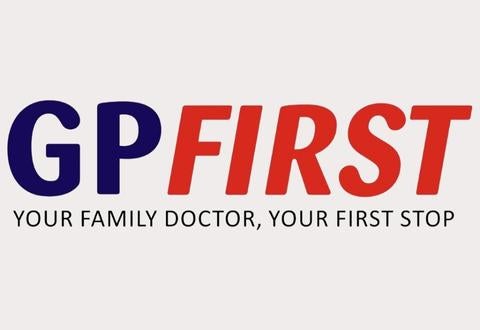Changi General Hospital will NEVER ask you to transfer money over a call. If in doubt, call the 24/7 ScamShield helpline at 1799, or visit the ScamShield website at www.scamshield.gov.sg.
ROMI-H

Robotic Middleware for Healthcare (RoMi-H)
To ensure that all robotics systems tested and subsequently deployed in Public Healthcare Institutions are interoperable via a standardised and recognised International and Singapore platform, Singapore will be establishing a standardised Robotic Middleware for Healthcare (RoMi-H).
With the need to digitalise healthcare and automate the processes, there will be a proliferation of health and robotics software control and operating systems. To support sustainable deployment, Singapore healthcare aims to develop a middleware layer to generalize communications between different robots, sensors and information systems. This platform will be deployed for business partners to accelerate robotics development and adoption in the healthcare sector as it provides standardisation and code-reusability for research and an integrated approach for deployment.
RoMi-H is to standardise communications between robotic sub-systems, standardised data structures, encourage re-usable intelligence packages as well as reliable deployment testing tools such as a common virtual test farm. Utilizing the Object Management Group’s Data Distribution Service (DDS) to develop Common Services for inter-domain communication and data routing, RoMi-H consists of 4 domains, namely Machine Domain, Control Domain, Central Domain and Integration Domain. RoMi-H Common Services refer to a set of service components that the middleware will provide for systems integration among heterogeneous robotic systems.
In July 2018, at the National Health IT Summit in Singapore, Minister for Health Mr Gan Kim Yong announced the development of RoMi-H. In tandem, Open Robotics launched ROS-Health, where ROS and Gazebo will be taken into Healthcare. RoMi-H was officially launched on 31st October 2019 at ROSCon 2019.
The following materials can be found on here regarding RoMi-H
For material shared during the official launch of RoMi-H, please click here.
For the software packages released under RoMi-H, please click here.
For the Open-RMF GitHub repositories and documentation, please click here.
For more information on RoMi-H framework, please click on the PDF link below:
To read more about the Robot-Lift Integration Challenge, please click here.
For further enquiries about RoMi-H, kindly contact the RoMi-H Joint Engineering Team at chart@cgh.com.sg

RoMi-H consists of 4 Domains:
MACHINE DOMAIN:
The sensors, actuators, micro-controller layer whereby standardized packages will be adopted and developed to support healthcare robotics development. This layer provides the hardware abstraction layer to support rapid robotic development. The devices in this domain have to be medically certified if they are to be used directly on medical applications. Machine domain within RoMi-H is typically intra-system which is a part of a single robotic system.
CONTROL DOMAIN:
The layer of RoMi-H that contains some intelligence like control algorithms whereby re-usable, interoperable packages will be developed, adopted or applied. The examples are but not limited to: navigation, Degree of Freedom movement, computer visualization and localization etc. Control domain is typically intra-system which is a part of a single robotic system.
CENTRAL DOMAIN:
The command, control, management layer in the RoMi-H. This domain typically provides fleet management, inter-robotic systems and smart systems integration. This layer will interface between Healthcare Smart Systems and Smart Nation Middleware. For example, but not limited to: robot to robot, robot to infra, robot to IOT and robot to ICT as well as similar integration outside of the healthcare domain. The Central domain is typically for inter-systems communications.
INTEGRATION DOMAIN:
The software abstraction layer for application integration with RoMi-H systems, consisting of APIs for applications such as mobile apps, web apps and ICT systems integration etc.
RoMi-H Webinar 2022
Please click on the PDF to download the slides on RoMi-H Webinar 2022.
Please watch the videos from our RoMi-H Webinar held on 22 February 2022 to learn more about RoMi-H.
RoMi-H Webinar 2020
To find out more on previous RoMi-H Webinar held in 2020, please click on the links below for more information
RoMi-H Webinar 2020 Slides
RoMi-H Webinar 2020 Videos
Stay Healthy With
© 2025 SingHealth Group. All Rights Reserved.



.png) RoMi-H CHART Framework.pdf
RoMi-H CHART Framework.pdf














